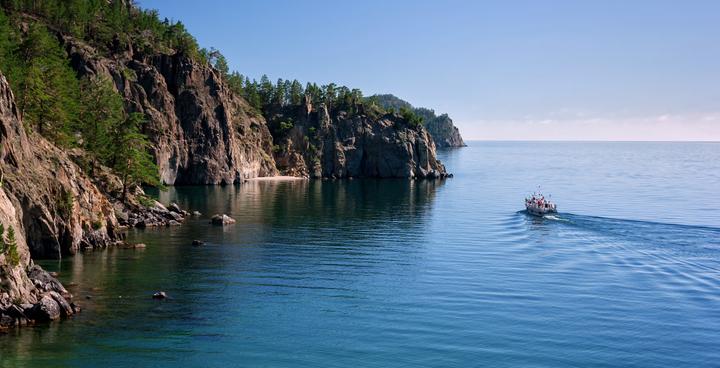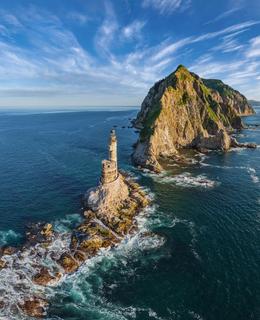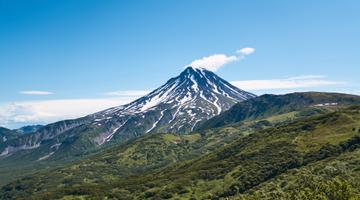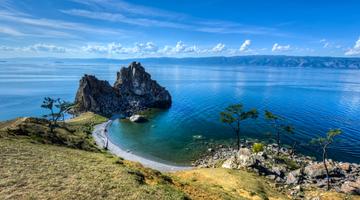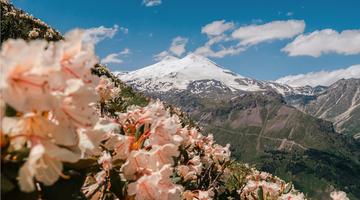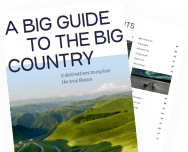A Bit About the World Heritage of Humanity
Let's start with a brief history lesson. In the early 1970s, the UNESCO Convention was ratified by representatives of 190 countries. According to this convention, some places on the planet possess exceptional global value and are therefore considered part of the universal historical heritage of humanity. Currently, this list includes over 960 outstanding sites located in 157 countries. Around 30 World Heritage sites are located in Russia. 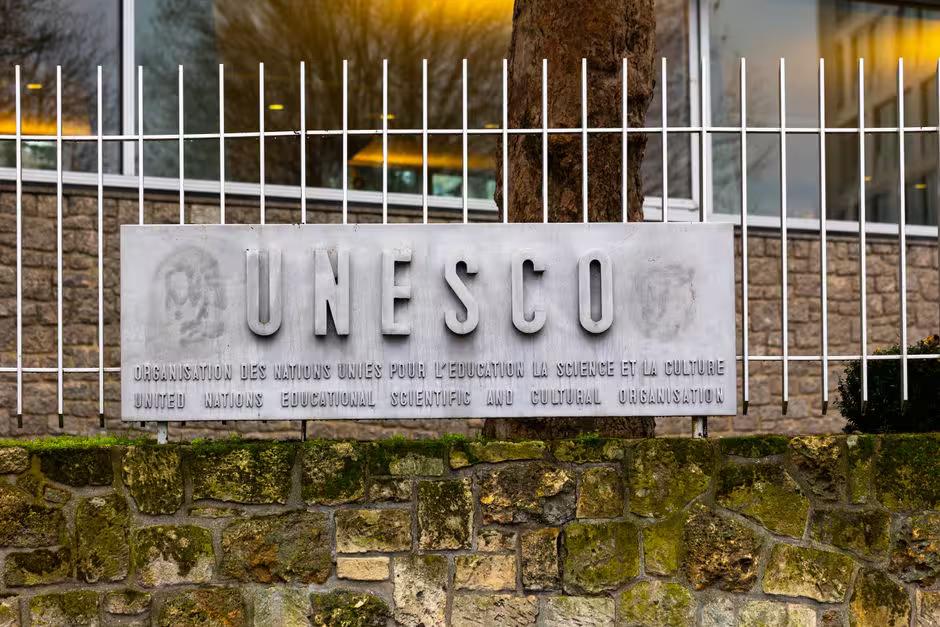
These include historical and cultural landmarks of global significance, as well as non-artificial (natural) creations, which are protected by both UNESCO and global environmental organizations. Obviously, protecting them is also the responsibility of every individual.
Cultural and Historical Heritage Sites in Russia
Our country is astonishingly rich in cultural and architectural creations crafted by humans. Some of these have global significance and attract tens of thousands of tourists from different countries each year. The majority of such monuments and historical complexes are located in the Central and Northwestern Federal Districts. The official UNESCO World Heritage List includes the following cultural and historical-architectural sites.
- The Historic Centre of Saint Petersburg and Related Groups of Monuments, which was the first in Russia to be included in the list of recognized World Heritage sites.
- Kizhi Pogost (Kizhi Island), Republic of Karelia.
- The Kremlin and Red Square, Moscow.
- Historic Monuments of Novgorod and Surroundings.
- Solovetsky Islands.
- White Monuments of Vladimir and Suzdal.
- Ferapontov Monastery in Vologda Oblast.
- The Church of the Ascension at Kolomenskoye, a former royal estate near Moscow.
- Trinity Lavra of St. Sergius, Sergiyev Posad, and the orthodox male monastery.
- Kazan Kremlin and other human creations included in the list of Russian World Heritage sites according to UNESCO.
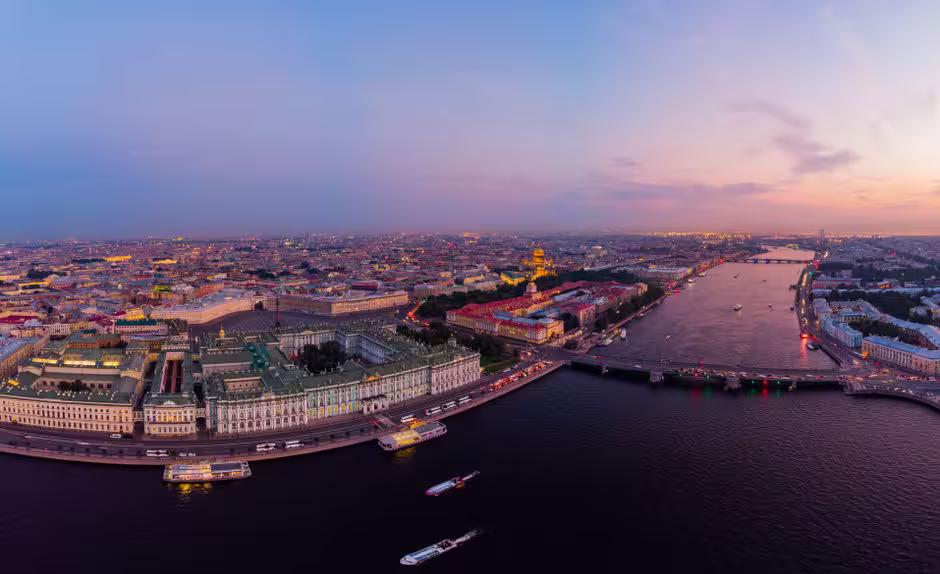
Saint Petersburg, Kronstadt, Shlisselburg
The architectural ensemble in the central part of the Northern capital is a wonderful example of traditional Russian history and culture. This world-renowned cultural ensemble is located on several islands in the city's central area. The protected cultural heritage of the UNESCO organization in the Northern capital includes famous sites with global names: the Hermitage, Palace Square, and the Church of the Savior on Spilled Blood. Also found here are the famous Bronze Horseman and the Alexander Column. These are cultural "landmarks" that illustrate the astonishing richness of the city on the Neva River.
In addition to the city center, the list of Russian sites recognized as World Heritage also includes the names of other monuments. These include the historical districts of Kronstadt, the Oreshek Fortress, the historical and architectural ensemble of the town of Pushkin, and the center of Shlisselburg. The UNESCO World Heritage list also includes the Pulkovo Observatory and the Trinity Lavra of St. Sergius. There are also ensembles in Ropsha and Gatchina, as well as other unique creations of man. Protecting them is a task that lies on each of us.
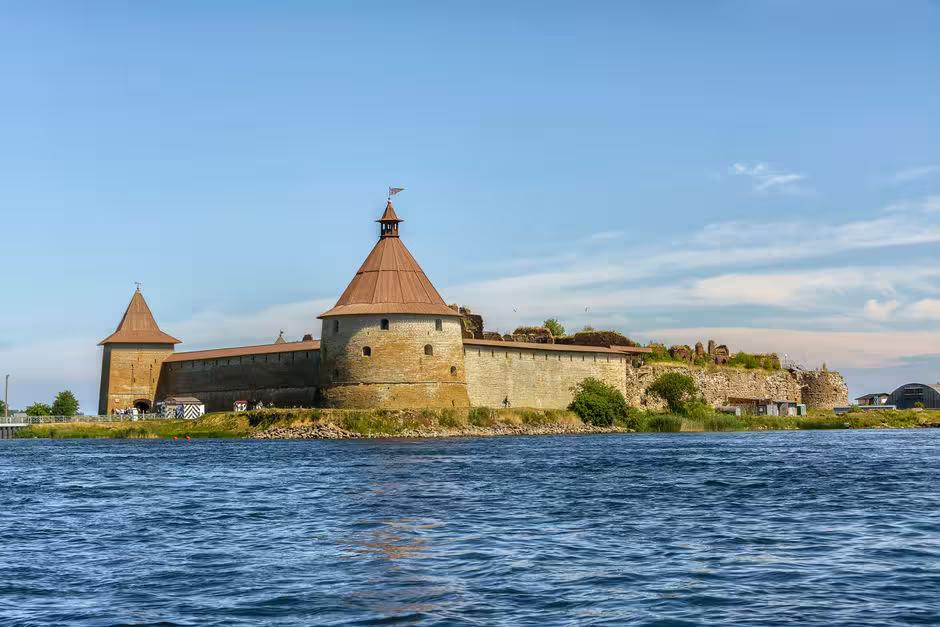
Kizhi Pogost
The territory of Kizhi Island in Onega is famous for being home to a renowned cultural, historical, and natural monument. Its name is familiar to anyone interested in religion and culture. Kizhi Pogost is a great legacy of Russian history and an object that has rightfully been included in the UNESCO World Heritage List. The ensemble includes two churches and an 18th-19th century bell tower. The most famous cultural feature of Kizhi is the ancient wooden Church of the Transfiguration of Our Savior. The construction of its altar dates back to 1714. The 37-meter-tall temple has 23 domes and was built without a single nail.
Equally fascinating is the Church of the Intercession, another UNESCO World Heritage site, built in 1694 and rebuilt after a fire in 1764. Regular services are held in the wooden church, restored in the mid-20th century, from October to Easter.
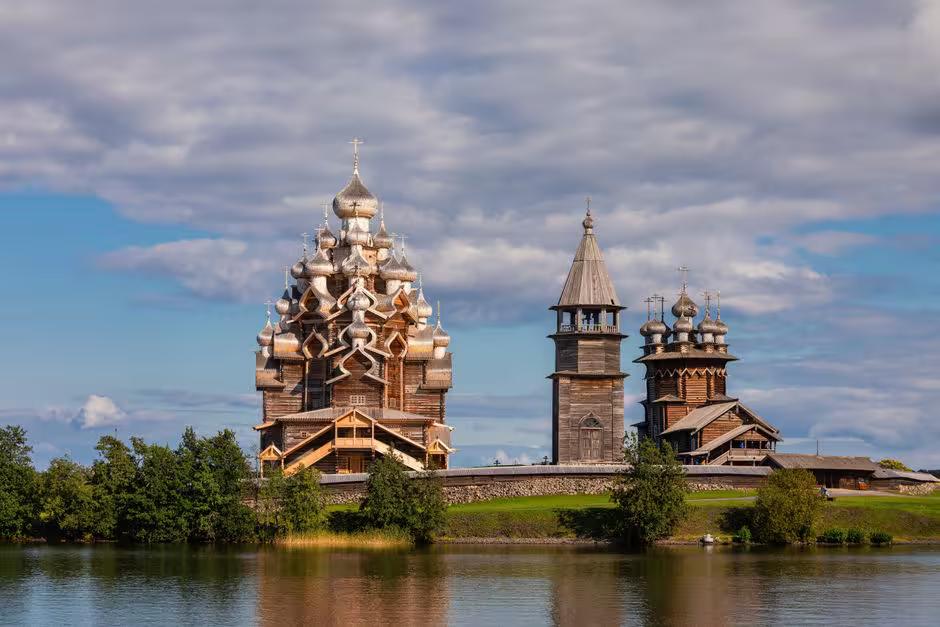
The Kremlin
It is hard to find a person who has not heard of the Kremlin, as well as the main square of Moscow. It is a Russian symbol with a global name that makes our country recognizable far beyond its borders. It has been listed as a UNESCO World Heritage site since 1990. One could say that it is a cultural and historical monument inseparably linked to most milestones of Russian history. The heritage of the Kremlin is difficult to underestimate. This name is associated with the period of the Grand Duchy, Soviet, and modern history. In the early 19th century, the monument became a symbol of Russia's military glory, and in the 21st century, important political decisions are made in the Kremlin.
Red Square is another UNESCO World Heritage site, included in the list of protected cultural heritage of our planet. It is the main square of Moscow and a favorite place for tourists. It is also a location where many people gather daily, and interesting events take place.
Veliky Novgorod
Veliky Novgorod is a famous Russian city, representing a valuable heritage in terms of history, religion, and culture. In 1992, UNESCO included several creations in the list of cultural and historical heritage. For example, in the territory of Novgorod, there are protected sites such as the ancient Kremlin, Yaroslav's Court, Zverin, and Antoniev Monasteries. Here, you can also see unique frescoes from the 14th century, created by the teacher of Andrei Rublev, Theophanes the Greek.
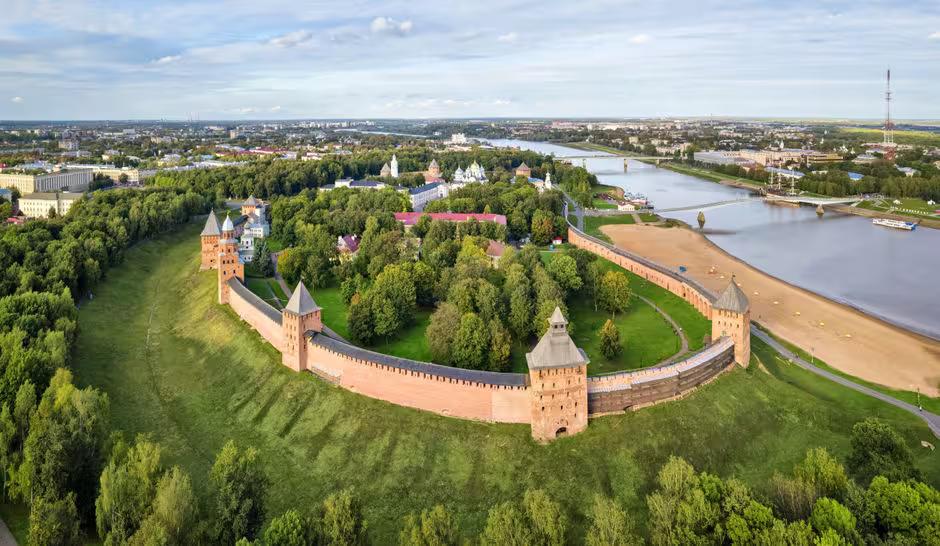
Solovki
The Solovetsky Archipelago is a world-renowned Russian historical ensemble. It is another great legacy of the history and culture of our country, listed among popular tourist destinations. The Solovetsky Islands group is located in the waters of the White Sea and covers over 340 km². The name Solovki is closely associated with landmarks such as the Transfiguration Monastery, Ascension Skete, Isaakievsky Monastery, and German Church. This list also includes several natural wonders, such as Beluga Cape and Labyrinth Cape on Bolshoy Solovetsky Island. The archipelago is also famous for its navigational lake-canal system. It is a true engineering marvel, representing a meticulously crafted artificial creation by local monks and carpenters.
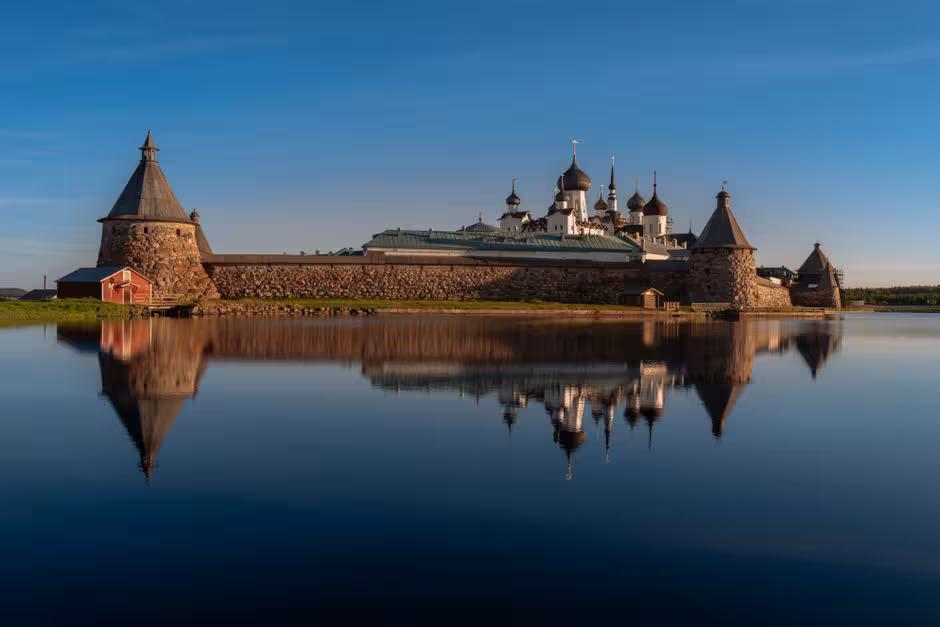
Stone Monuments in the Vladimir Region
A group of ancient Russian architectural monuments located in the Vladimir region, is another well-known Russian UNESCO World Heritage Site. This includes the Church of Boris and Gleb in Kideksha, the Assumption Cathedral, Suzdal Kremlin, Golden Gates, and the Intercession Church on the Nerl River, ten kilometers from Vladimir. Eight sites in Vladimir and Suzdal represent a great heritage recognized as a masterpiece of human genius. The architectural monuments are united in the Vladimir-Suzdal Museum-Reserve. The museum reserve houses rich collections of ancient Russian art, paintings, and numismatics. This is another reason why thousands of tourists visit here every year.
Ferapontov Monastery
In the village of Ferapontovo (Vologda region), there is another Russian monument of history and architecture, included in the World Heritage List. The Ferapontov Belozersky Monastery is a typical example of traditional Russian architecture and icon painting from the 14th to 17th centuries. Among the treasures of this place, it is worth mentioning the frescoes by Dionisy, a renowned icon painter and master of frescoes, continuing the traditions of Andrei Rublev. The ensemble of the monastery itself is characterized by stylistic unity. Its buildings are the only ones in the Russian North that have preserved all the authentic features of the interiors and paintings of that time. Among the main architectural complex names are the Cathedral of the Nativity of the Blessed Virgin, the Church of the Annunciation, and the Church of the Venerable Martinian.

Church of the Ascension
When listing bright examples of architectural masterpieces in Moscow, one cannot but mention the Church of the Ascension. The church is located in Nagatinsky Zaton (Kolomenskoye, territory of the Southern Administrative Okrug). The historical heritage of this beautiful creation primarily lies in the fact that it is the first stone tent-roofed church in Russia. The church was built in the early 16th century and is executed in the traditional canons of Old Russian architecture. Its name has been mentioned multiple times in Russian literature. Additionally, the lower part and stairs of the Church of the Ascension in Kolomenskoye can be seen in the movie "Gardemarines, Forward!" Over the past decades, the church has undergone multiple restoration projects. It has been listed as a UNESCO World Heritage Site since 1994.
The Holy Trinity Lavra in Sergiev Posad
Located in the Moscow region town of Sergiev Posad, which has become known as the Spiritual Heart of Russia, is the Holy Trinity Lavra of St. Sergius. It's a unique historical, religious, and architectural ensemble that brings together buildings from different periods. The dominant feature of the monastery is the white-stone Trinity Cathedral, a masterpiece of Russian architecture dating back to 1422-1423. Among its other famous structures are the Assumption Cathedral, the Church of St. Sergius of Radonezh, and the Church of the Nativity of St. John the Baptist. Particularly noteworthy is the majestic five-tiered bell tower, considered a deserved masterpiece of Russian architecture of the 18th century. The Lavra is also renowned for its towers, courtyards, and hermitages. The complex includes stained glass and white-stone workshops, and among its service buildings are two pilgrim hotels and several dining halls.

The Kazan Kremlin
The city of Kazan is known for its interesting places. The list of the main landmarks of the capital of Tatarstan includes the Kazan Kremlin. It is the oldest citadel of the city, which includes the white-stone Kremlin itself, as well as several temple buildings. This site has been included in the UNESCO World Heritage List since 2000. When listing the amazing places located here, it is necessary to mention the archaeological remains of the ancient settlements. The oldest of them dates back to the 12th-13th centuries. Today, the former citadel also serves as the official residence of the President of the Republic. The majestic Kremlin, which has become the hallmark of the capital of Tatarstan, is visited by almost every tourist who comes here.

Natural Sites of Russia Recognized as World Heritage Sites
No less impressive is the list of natural sites in Russia, protected by UNESCO. Each of these sites is a unique heritage created not by humans, but by nature itself. Here, one can list more than a dozen natural phenomena. The "prestigious" list includes vast taiga reserves, national parks, mountain plateaus, valleys of volcanoes and geysers, as well as Arctic islands. We will talk about the main natural wonders of Russia, which attract a huge number of tourists every year.
Baikal
In the southeastern part of Siberia, there is a UNESCO World Heritage Site that can be called Russia's true pride. Covering more than 31.7 thousand square kilometers, Lake Baikal is considered the deepest on the planet. It is also the oldest freshwater lake, with an age exceeding 25 million years. A unique ecosystem has formed in the waters and on the shores of Lake Baikal. The majority of the fauna consists of endemic animals, and studying them is of immeasurable importance, as the Baikal ecosystem allows us to uncover some of the secrets of the evolution of our planet's living world. Being a UNESCO World Heritage Site, Baikal has been listed since 1996.
Biosphere Reserve Forest in the Komi Republic
The Northern Urals is considered a harsh and silent region. At the same time, it is precisely here that a natural site occupies an important place in the list of the world heritage of humanity. The pristine boreal forests of the Komi Republic are a biosphere reserve and a national park, covering an area of 3.2 million hectares. It is worth noting that this is the first Russian natural site included in the UNESCO World Heritage List. The pearl of the Russian taiga is home to more than 40 species of mammals. In the forests of Komi, there are also over 200 species of birds, many of which are protected by the Red Book. A striking example of such birds is the white-tailed eagle.
Volcanoes of Kamchatka
The picturesque Kamchatka volcanoes are a real wonder of nature. Scientists call this remote region an open-air natural museum of volcanology. In Kamchatka, you can find both extinct and active volcanoes. It is also home to the famous Valley of Geysers, a unique natural heritage of Russia. The biodiversity of the peninsula is no less interesting. A large number of rare and endangered species of fauna inhabit this area. The local rivers are known as the habitat of one of the largest populations of salmon on the planet. The Kamchatka volcanoes were included in the UNESCO list of Russian heritage sites in 1996. Tours to the foothills of the Avachinsky, Mutnovsky, and Gorely volcanoes are popular among Russian and foreign tourists.
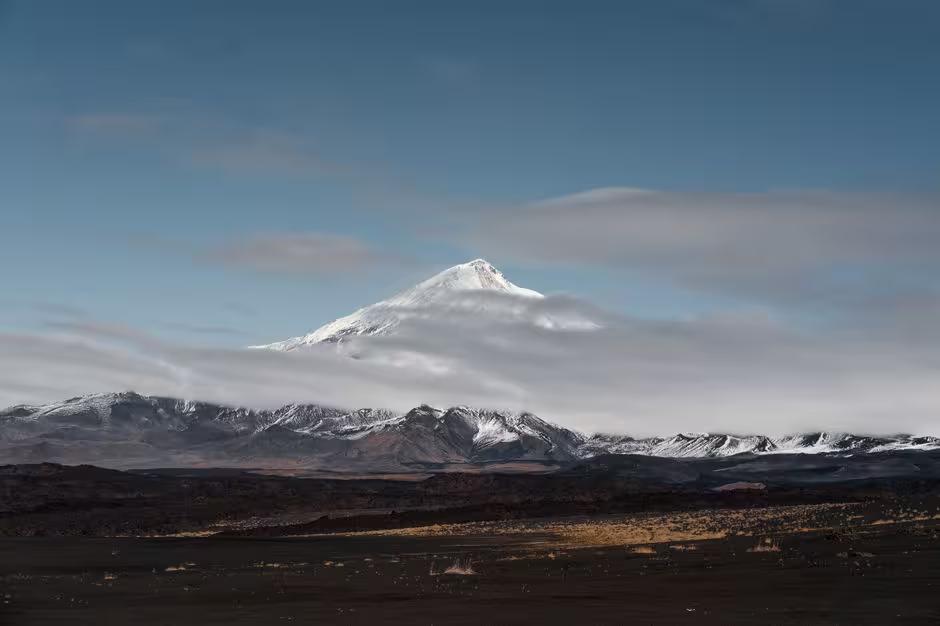
Central Sikhote-Alin
The Central Sikhote-Alin is a national park and biosphere reserve covering one and a half million hectares. Located in the Russian Far East (Primorsky Krai), it is known as the global center for observing the Amur tiger. The list of rare and endangered animal species includes black and red-crowned cranes, Asiatic black bear, black stork, Amur goral, musk deer, sable, and the Far Eastern forest cat. Many of the fauna species are endemic. The reserve is also known for its Manchurian flora, particularly the cedar forests with an underbrush of pink rhododendron.
The Golden Mountains of Altai
The poetic name "The Golden Mountains of Altai" encompasses three areas of the Altai Mountains. The Altai and Katun Nature Reserves were added to the World Heritage List back in 1998. Also included is the Ukok Plateau, covering nearly 253,000 hectares. The territory of the Russian "Golden Mountains" nature reserve has a distinct feature. Most of the vegetation zones of the Altai Mountains are intricately mixed here. Steppes and forest-steppes give way to untouched mixed forests. Adding to the splendor are vast areas of alpine meadows, which are particularly beautiful here. Among the most picturesque places are Lake Teletskoye and the majestic Mount Belukha, the highest point in Russian Siberia. Across the extensive territory of the Altai nature reserve zone, a remarkable diversity of endemic animals peacefully coexist. Among them are about 60 species of mammals and 20 species of freshwater fish.
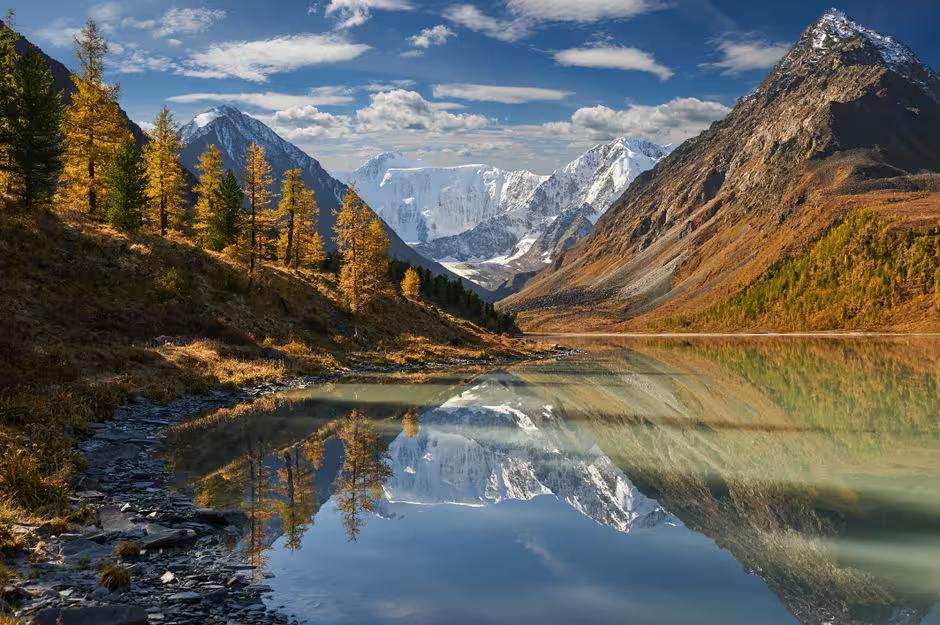
The Western Caucasus
The most picturesque part of the Greater Caucasus range was inscribed on the UNESCO World Heritage List in 1999. The Western Caucasus captivates with its panoramas. Anyone who has witnessed this spectacle will undoubtedly want to return here. It is notable that the status of specially protected areas has been granted to the Caucasian highlands, virtually untouched by human activity. The Caucasus Biosphere Reserve encompasses alternating coniferous and deciduous forests, alpine meadows, and twisted forests. Nearly 60% of the reserve's total area is covered by untouched deciduous and coniferous forests. Additionally, more than 250 species of birds inhabit this area, including dozens of rare predatory birds that live exclusively here.
Wrangel Island
Located 140 km from Chukotka, Wrangel Island is known for the highest species diversity of animals and plants in the Arctic. It is also the northernmost of Russia's protected natural areas. Approximately two-thirds of the reserve is occupied by endless snow-covered mountains, while the remaining third consists of boundless Arctic tundra. Despite the harsh natural conditions of the Far North, the island is home to almost 170 species of birds, 44 of which nest here regularly. The world of mammals is represented by foxes, wolverines, lemmings, and Arctic reindeer. The most famous inhabitant of the island is the polar bear. Wrangel Island hosts the planet's largest area of concentration of its maternal dens.

Ubsunur Hollow
The Ubsunur Hollow Reserve is a gem of the Republic of Tyva. Located in Southern Siberia on the border with Mongolia, this UNESCO World Heritage Site covers almost 325 thousand hectares. The territory is divided into nine clusters. The most famous ones are Kara-Khol, Oruku-Shinaa, Khan-Deer, and Aryskannyg. The biosphere reserve is adjacent to the saltwater Lake Ubsu-Nur. It is one of the largest untouched watersheds in Central Asia, with around 40 thousand Scythian, Turkic, and Hunnic kurgans located within its borders. Many of them remain unexcavated.
Putorana
The dissected mountain range of Putorana is located in the northwestern part of the Central Siberian Plateau. The nearest major city is Norilsk. This is an important natural heritage of Russia, situated a hundred kilometers beyond the Arctic Circle. The territory of the plateau and the eponymous reserve are known for the preservation of arctic ecosystems. Among these are virgin taiga forests, tundra, forest-tundra, and vast arctic deserts. The area of the northern reserve exceeds 1.88 million hectares. Within the reserve, 400 species of plant representatives have been identified. The fauna of Putorana includes 34 species of mammals and nearly 140 species of birds. This is quite remarkable given that the plateau lies beyond the Arctic Circle. The natural migration route of reindeer passes through the Putorana territory. The region also harbors rich reserves of coal and other valuable minerals.

Lenskie Stolby
The "Lenskie Stolby" National Park in Yakutia is a picturesque sight. It is an array of limestone pillars stretching along 220 km along the banks of the great Lena River. In addition to the pillars themselves, there are many other interesting places within the park. For example, the large sandy area of Saamys Kumaga, which is called the main mystery of the Yakut nature. Scientists still argue where so much sand appeared in the impenetrable taiga on permafrost. Other places worth visiting while relaxing in the reserve include the Blue and Buotama rivers with their limestone pillars, albeit small. The park also houses a bison nursery, where a population of forest bison is raised.
UNESCO regularly updates and adds to the World Heritage List. We hope that very soon, other cultural and natural heritage sites, located in Russia, will appear on it. The main contenders for inclusion in the prestigious list include Valday, the Kuril Islands, the Western Sayan, Beringia, the deltas of the Volga and Lena rivers. We believe that we will soon be able to tell our readers about other Russian places deserving the esteemed title of world heritage.
Do you want not only to read about the interesting UNESCO World Heritage sites in Russia, but also to see them? Find an interesting itinerary for your next trip on the Big Country website.



